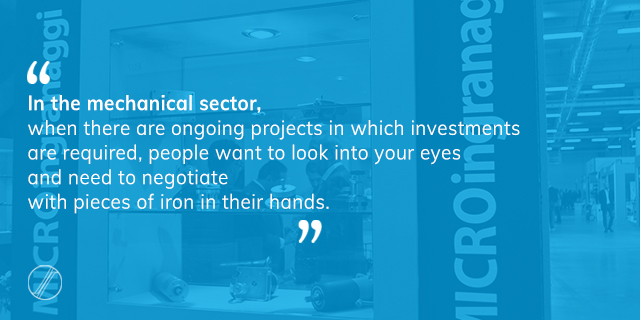In mid November Adidas announced it was planning to outsource the manufacturing of around one million pairs of shoes per annum to Vietnam and China, currently manufactured by Industry 4.0 plants in Germany and the USA.
A decision that triggers a number of queries given the significant investments in 4.0 technologies in recent times.
So what is behind this decision? One idea has sprung to mind and to explain it I would like to return to a post that I wrote some time ago on a phenomenon heading in the opposite direction, reshoring. At the time that post went to press, a number of key Italian enterprises renowned for having delocalized their manufacturing operations, had decided to reshore all or part of such production inaugurating new ad hoc factory facilities in Italy. I commented that the reasons behind this back reshoring were, in my opinion, the result of a mixture of factors: on the one hand a redimensioned economic convenience of manufacturing in Asian countries compared to the controlled costs incurred in Europe following the economic crisis and, on the other, a marked increase in import costs due to shipping with all that this aspect involves (especially custom duties). All the other considerations – such as for instance the corporate support policies for workers in this or that country, or automation driven to maximum levels thanks to the Industry 4.0 related technology which allowed enterprises to manufacture better and quicker – were and are just smoke screens.
Today we are faced with the complete opposite: Adidas wants to move a significant part of its manufacturing to Vietnam and China. Manufacturing that was previously carried out in its speedfactories in Ansbach in Germany and in Atlanta in the U.S. The same speedfactories that, just four years ago, were inaugurated as the very first tangible result of the fourth industrial revolution, capable of keeping manufacturing in Europe and, therefore, people’s jobs.
According to the official declarations made by Adidas, the decision appears to depend on organizational aspects, i.e. to be closer to its suppliers, rather than on economic aspects. Can that be possible?
There are those who say that, in actual fact, this choice is in any case dictated by economic factors: labour costs in Asia together with shipping costs are still far lower than those required to manage and update the complex technologies used in the Ansbach and Atlanta factory facilities.
I, however, don’t think it’s quite so clear cut. I mean, I too think that the decision is based on economic aspects, but I don’t believe that the Industry 4.0 technologies are more expensive than the management of delocalized labour in certain countries. Establishing an Industry 4.0 facility does involve significant costs, there is no doubt about it, but generally speaking the largest investments come at the beginning. Without forgetting that it is thanks to these technologies that it is possible to achieve increased process efficiency: so, manufacturing more, faster and at a lower cost, paying off the investment.
Therefore I spend less with an Industry 4.0 facility. But – and we have to put this on the table – I spend less only when I can sell my products locally.
What happens when my market is somewhere else? Let’s say in another continent. Let’s say in China…
At a general level, an enterprise’s decision to localize manufacturing stems from the need to manufacture goods in the factory located in the country it wishes to market such goods, so as to eliminate (or almost) shipping costs (above all custom duties). It follows that the sale prices will also be lower, as the manufacturing costs will be lower, along with that which the market will be able to tolerate.
It’s obvious that there is no sense in manufacturing in China or Vietnam if the goods are to be sold in the USA, as the shipping costs would thwart any savings achieved during the production processes. And vice-versa.
Do you agree?





